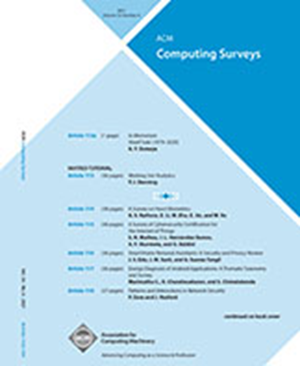类人机器人与类人人工智能:回顾、展望与方向
IF 28
1区 计算机科学
Q1 COMPUTER SCIENCE, THEORY & METHODS
引用次数: 0
摘要
在机器人技术长达近一个世纪的发展历程中,人形机器人在大约60年前首次亮相。虽然目前的类人机器人有着类似人类的外表,但没有一个能体现出真正的人性,距离达到类似人类到人类水平的智能还很遥远。最近在生成式人工智能和(多模态)大型语言模型方面的快速发展进一步点燃并升级了对类人的兴趣,使其朝着实时、交互式和多模态设计和应用的方向发展,例如培养类人工作者、顾问、教育工作者、医疗专业人员、护理人员和接待员。这揭示了将人工智能机器人转变为类人人工智能研究时代,将人工智能机器人转变为新一代类人人工智能机器人(AI humanoids)的无限机会。我们对大约30个报道的类人机器人进行了独特而全面的回顾,揭示了一个系统的术语和人类外观到人类和人类水平的类人机器人的范例景观。它激发了人形人工智能作为一个领域的全面新视角和新方向:从人形向人性化的人形过渡,通过功能和非功能规范使人形人化,培养人工智能人形的技术和可操作性进展。类人人工智能和人工智能类人人工智能孕育了共生的进步和未来的机会,将人类建模和传统的、生成到人类水平的人工智能合成并转化为类人机器人。本文章由计算机程序翻译,如有差异,请以英文原文为准。
Humanoid Robots and Humanoid AI: Review, Perspectives and Directions
In the approximately century-long journey of robotics, humanoid robots made their debut around six decades ago. While current humanoids bear human-like appearances, none have embodied true humaneness, remaining distant from achieving human-like to human-level intelligence. The rapid recent advancements in generative AI and (multimodal) large language models have further reignited and escalated interest in humanoids towards real-time, interactive, and multimodal designs and applications, such as fostering humanoid workers, advisers, educators, medical professionals, caregivers, and receptionists. These unveil boundless opportunities of transforming 1) AI robotics into a research era of humanoid AI , and 2) AI robots into new-generation humanoid AI robots (AI humanoids). Our unique and comprehensive review of about 30 reported humanoids discloses a systematic terminology and a paradigmatic landscape of human-looking to human-like and human-level humanoids. It inspires comprehensive new perspectives and directions of humanoid AI as an area: transitioning from human-looking to humane humanoids, humanizing humanoids with functional and nonfunctional specifications, and cultivating technical and actionable advances of AI humanoids. Humanoid AI and AI humanoids nurture symbiotic advancements and future opportunities of synthesizing and transforming humanity modeling and conventional, generative to human-level AI into humanoid robotics.
求助全文
通过发布文献求助,成功后即可免费获取论文全文。
去求助
来源期刊

ACM Computing Surveys
工程技术-计算机:理论方法
CiteScore
33.20
自引率
0.60%
发文量
372
审稿时长
12 months
期刊介绍:
ACM Computing Surveys is an academic journal that focuses on publishing surveys and tutorials on various areas of computing research and practice. The journal aims to provide comprehensive and easily understandable articles that guide readers through the literature and help them understand topics outside their specialties. In terms of impact, CSUR has a high reputation with a 2022 Impact Factor of 16.6. It is ranked 3rd out of 111 journals in the field of Computer Science Theory & Methods.
ACM Computing Surveys is indexed and abstracted in various services, including AI2 Semantic Scholar, Baidu, Clarivate/ISI: JCR, CNKI, DeepDyve, DTU, EBSCO: EDS/HOST, and IET Inspec, among others.
 求助内容:
求助内容: 应助结果提醒方式:
应助结果提醒方式:


